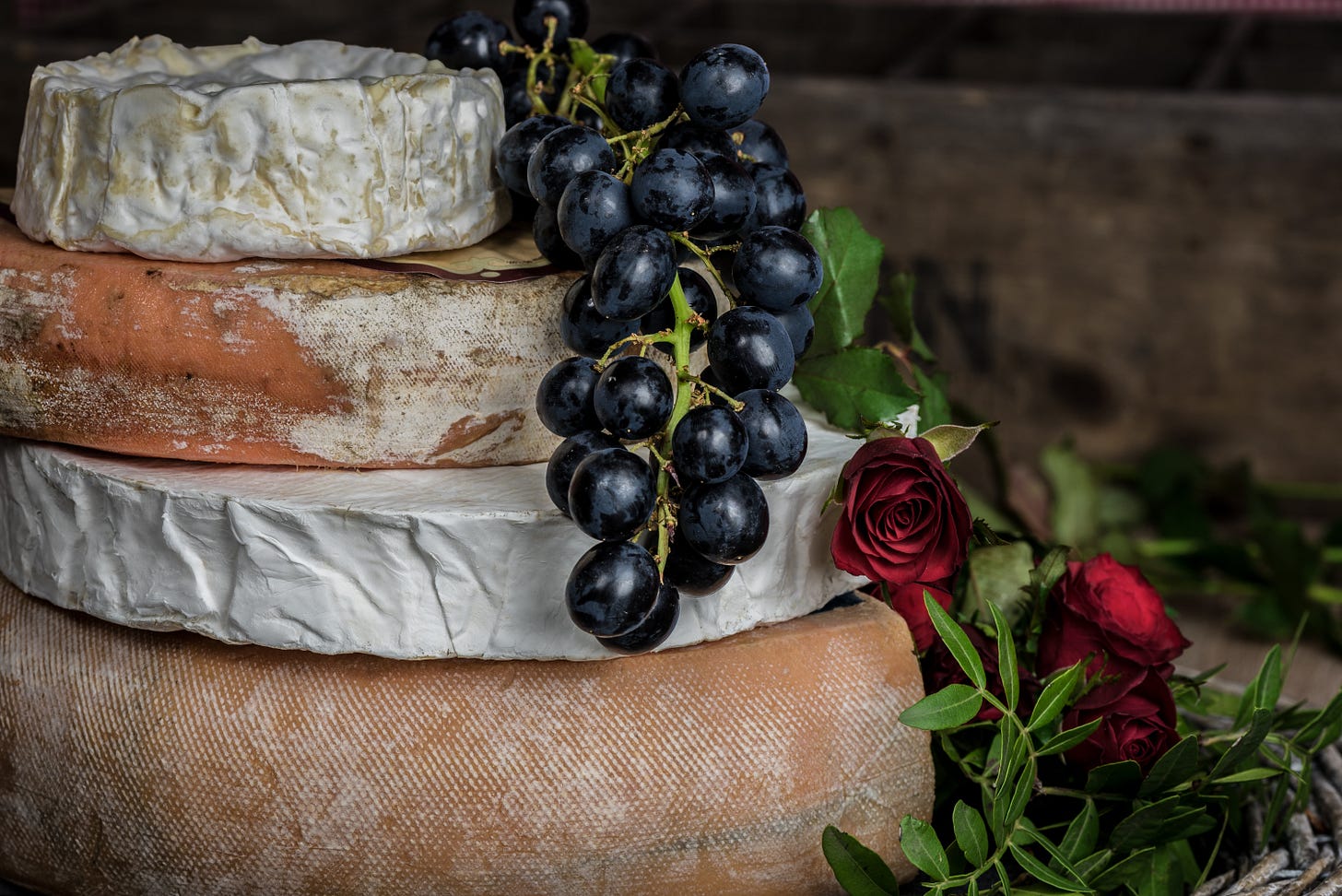Photo by Jez Timms on Unsplash
Everyone is wondering what is or isn’t authentic lately, and with good reason. I recently came across a story on CNN about a Chinese zoo that’s struggling to convince humans that its Malaysian sun bear is not a person in a bear costume. There’s precedent for this, mind you. In 2013, another Chinese zoo was caught substituting a Tibetan mastiff for a lion (its bark gave it away). It also had a dog in the wolf cage and a fox in the leopard cage. That zoo insisted there were good reasons for all this; still, the consequences reverberated into the present, when a Malaysian sun bear named Angela decided to stand on her hind legs and look far too human before a crowd in the Hangzhou Zoo.
Meanwhile, closer to home, I’m confronting authenticity issues of my own. As I prepare to launch a blog to build a community with whom I can share my writing, one of the most important things I must do (beside writing well) is make sure anyone who happens upon my writing knows – incontrovertibly – that I am a real person. That I am not a robot.
Of course I’m not a robot, I think. For years now, I’ve been reading twisted, inscrutable letters and numbers on websites, typing them into boxes, and clicking more boxes that say, “I am not a robot.” This should be more than sufficient, I think, to prove I’m not a robot. Until it occurs to me that I’ve been typing those numbers and checking those boxes so that some sort of automated gatekeeper, i.e., A ROBOT, can confirm I’m not one of them. All of a sudden, I’m not feeling quite so confident. After all, when it comes to my writing, it isn’t the robots I need to convince.
When I say people will want to know I’m not a robot, what I really mean, of course, is that they’ll want to know my essays haven’t been written by ChatGPT or some other bot. For some reason – and stay with me here – this makes me think of artisanal cheese, and what the introduction of processed cheese did to the preexisting cheese world.
In that preexisting cheese world, all cheese was artisanal. Processed cheese, on the other hand, was a disruptive technology – a game-changer of a concoction. Built as it was for ubiquity, did processed cheese threaten to besmirch the good name of all cheese? To drag it all down to the lowest common cheese denominator? At some point (before my time) it seems, a cheese détente was reached in which artisanal and processed cheese found their respective spheres of influence. Still, I suspect that it wasn’t until we had processed cheese that the true value, the true pleasure, the true hedonistic satisfaction of diving into a beguiling wheel, block, or ball of artisanal cheese became apparent.
Having grown up in a household firmly on the Kraft side of the cheese divide, my own initial encounter with artisanal cheese wasn’t until my twenties, on an early trip abroad with my boyfriend-now-husband. At a morning market in Gordes, in the south of France, I encountered L’Explorateur, a triple crème cheese made from cow’s milk in the Île-de-France, with a white rind that yields easily to a soft, creamy interior that’s part sweet, part salty, just a bit nutty. A cheese, by the way, named for Explorer, the first U.S. satellite. And bearing a fat content of about 75%. I knew none of this at the time. All I knew was that what I encountered that morning was unlike any cheese I’d encountered before, and that whoever made L’Explorateur understood me in a way that I perhaps didn’t yet understand myself. My first bite was like looking into a mysterious, miraculous cheese mirror.
In a world of processed cheese and processed creativity, I want my writing to be like artisanal cheese. Gooey, nutty, tangy, maybe-bad-for-you-but-who cares artisanal cheese. Best served with wine, no crackers needed. But, if crackers, definitely not a Ritz. That’s the kind of writer I want to be.
Those of us who care about authenticity, who value the importance of all things artisanal, need to remain committed, both as creators and as consumers. For the reasons to question are everywhere. When that zoo in Hangzhou needed to take to social media to convince the public that Angela the sun bear was the real thing, it posted an online statement in her voice, in which Angela insisted, “Let me reiterate again to everyone that I am a sun bear – not a black bear, not a dog – a sun bear!”
I sincerely believe that Angela’s a bear. That’s not what bothers me. What bothers me is Angela’s statement. Perhaps it’s just the translation, but Angela’s words sound a bit processed, as if someone said, “Hey, ChatGPT, what would Angela the sun bear say if she wanted to convince us all she’s not a black bear or a dog?”
I’d like to think that the sorts of things I write about, the insignificant details that become significant when I observe and connect them are something you won’t find in an essay written by ChatGPT. I fear the only way to confirm this would be to type those details into a query for ChatGPT, ask it to write an essay, and see what it comes back with. But if I did, ChatGPT would learn how I think, and I can’t let that happen. So I’m just going to spend my time observing those details, aging them into (hopefully fine) artisanal cheese, sharing the results with anyone who’d like a taste. You bring the wine. I’ll bring the words.





I love good, witty, "artisanal" writing, and good, fat, artisanal cheese. This piece is a win-win in my books!
Love the wandering and the connecting.